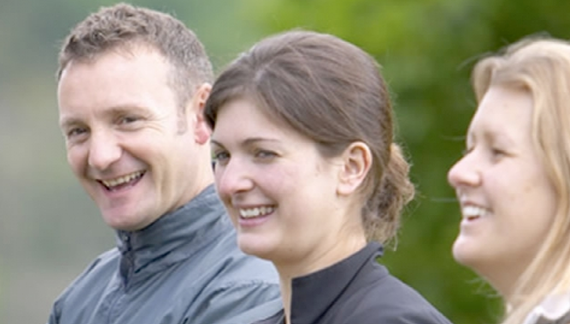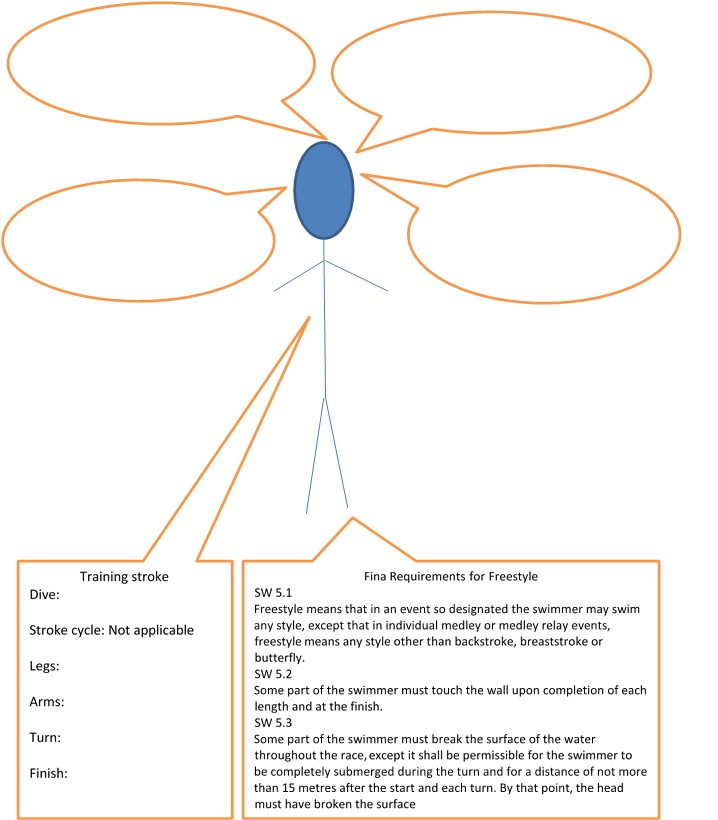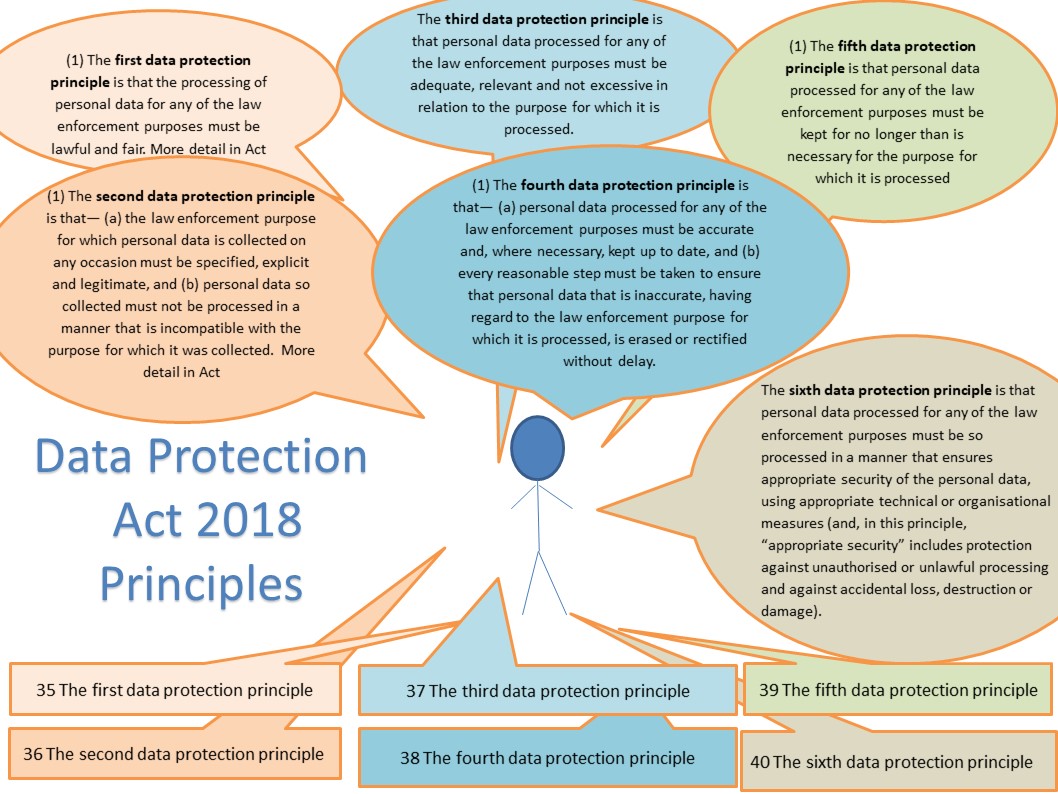Building Blocks and Balloons
An Insight into Building Blocks and Balloons
Introduction
From my own educational experiences in school and further education I realised that I do not always recall information in the way others appear to. My ability to remember concepts was challenged when using traditional methods of reading the same thing over again. I found that I had to put a lot of work into writing out what I was supposed to take in several times before it took root in my memory and made sense in my understanding. This was the origins of the building blocks model. It had come from a desire to put concepts in a pictorial form, like using mind maps. I had been using mind maps but I found that I was not creating the order in my thinking that I was aiming for. My mind works in a way that when something is being spoken about many connected concepts come to mind. Many relevant situations also come to mind that had links to what is being discussed.
I searched for a model that represented the way my mind was needing and the requirement for foundational thinking block that then enables other concepts to be used to fulfil that basic block.
I realise that I work better in picture form. I can recall pictures, colours and images much easier than remembering items that I have read. This is why the blocks and balloons have colour and, where appropriate, corresponding colours.
The model is a very versatile model and can be used in many areas of study or activity. You can be used to plan an essay as you identify what the focus of the assessment is to be and how you are going to apply the principles that you have been asked to write about. It could be that you have been asked to write about historical figures within world war two and you would choose one individual and the aspects of their life you are going to focus on. These become the building blocks for your writing. The balloons are how these aspects of the individual’s life played out and your reflections on those events.
Within the care industry I have used it to encourage carers to reflect on how their practice has guiding principles such as legislation, national care standards, codes of practice and care planning systems that are the foundation of any practice with any individual. Practice done with that individual must be grounded on these building blocks however; the individual practice will have guiding theories and concepts which are the awareness raising balloons.
The model can be used to have a broader overview of the key service you are to provide for the individual but then you can look closer to specific situations that the individual may be struggling with to see how you can apply the fundamental building blocks as well as the specific theories and concepts and methods of intervention to that situation.
From the model you will see that there are two basic shapes. There are the building blocks which are the fundamentals of any subject or topic or activity. Whatever subject matter you are covering whether it is Maths, English Psychology or Sociology that are fundamental principles that you must adhere to within a given perspective. These fundamental principles become your building blocks.
For instance, if you are doing the subject of maths and you are looking at the subject of volume or area. The building blocks can be the subject title of volume, area, mass etc.
The corresponding balloon would be the formulae that covers your specific subject (ie half the base times the height) I would have the building block and a corresponding balloon in the same colour so that pictorially you can identify which balloon matches which block. You could even have another corresponding balloon with an example of using the formula.
It is important not to complicate it too much though for then your image gets confusing.
This can also be a useful model for people who may be assessed as being dyslexic as way to break down complicated principles or concepts into fundamental building blocks and use the balloons as the application of the principles to practice or situations they may have to understand within the subject matter.

Educators or trainers could use it to introduce subjects or principles before delivering the training/ lesson. When going into the details of the subject you could refer to the model as a way of consolidating the information. When you are finished the training, you can summarise what learning has taken place and explore this learning can be applied in real time contexts. Throughout my own learning I have found it to be a valuable process where I apply the concept to a situation I have had. When teaching or training over the last 13 years I have found that reflecting on the student’s/participant’s own experiences to be a vital part of ensuring a deeper, and applicable understanding has been gained. Couple this with the Building Blocks and Balloons and you find a greater level of understanding of core concepts and even intricate processes if used in the correct manner.

Even within the area of sport such, as swimming, the model could be used. The building block of any stroke would be the coaching requirements and Fina regulations. Your coach would instruct you on the principles of the stroke and then there is guiding legislation within Fina regulations that must be adhered to. You can use the model to highlight areas you want to develop within your stroke and what your goals or targets are for specific sessions.
Another use for the model could be as a signposting system for policies and procedures within any organisation. The basic values of the organisation to be identified within the building blocks and the names of the policy and procedure with the corresponding colour to be identified in the balloons. These then could be hyperlinked to documents that have the more detailed version of the policies and procedures. You could also further models with practice examples linked with flowcharts.
I have recently used to the model to demonstrate the key principles of the Health and Safety at Work Act 1974 and the Data Protection Act 1998 for student on the HNC Social Services and Candidates doing the SVQ - Level 3 Social Services (Children and Young People) at SCQF level 7. The level of information will be determined by the information required so you would need to be careful not to over load the picture. These models are quite weighty but there are key pieces of knowledge the individual student must have to meet the standards.
Another important document that can be understood more easily by the employment of Building Blocks and Balloons is the Data Protection Act 2018

If you were to use the model you would reference the link (http://www.macmillancentreforlearning.co.uk/social-care/64-building-blocks-and-balloons.html) within the body of your writing and in your Reference page you would write:
Malcolm Macmillan, Macmillan Centre for Learning, 2017, Building Blocks and Balloons, Available online at: http://www.macmillancentreforlearning.co.uk/social-care/64-building-blocks-and-balloons.html, [Last accessed 02/05/2017]
I do hope that you find this to be a useful tool. I would be interested in finding out the different ways people are using this so if you are happy to let me know you can contact me at This email address is being protected from spambots. You need JavaScript enabled to view it.
Regards,
Malcolm


